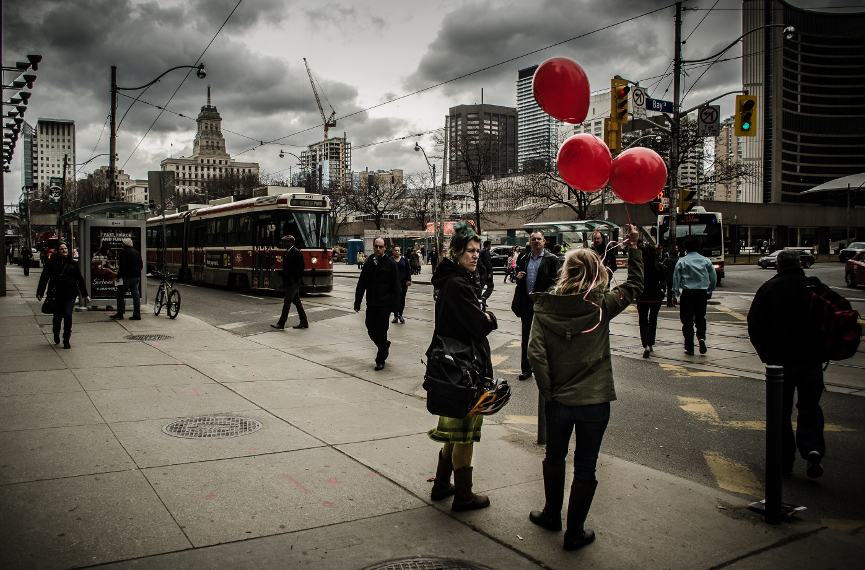Unknown Facts About Framing Streets
Wiki Article
The Main Principles Of Framing Streets
Table of ContentsFascination About Framing StreetsNot known Factual Statements About Framing Streets Getting The Framing Streets To WorkFraming Streets Fundamentals ExplainedThe Main Principles Of Framing Streets What Does Framing Streets Mean?
, generally with the goal of recording pictures at a decisive or poignant minute by cautious framework and timing. https://www.youmagine.com/framingstreets1/designs.
Subsequently his boots and legs were well specified, but he is without body or head, because these were in motion." Charles Ngre, waterseller Charles Ngre. https://framingstreets1.wordpress.com/2024/01/10/framing-streets-exploring-life-through-street-photography/ was the first digital photographer to attain the technical class called for to register individuals in activity on the road in Paris in 1851. Digital Photographer John Thomson, a Scotsman collaborating with journalist and social protestor Adolphe Smith, published Street Life in London in twelve monthly installments starting in February 1877
5 Simple Techniques For Framing Streets
Eugene Atget is pertained to as a progenitor, not since he was the initial of his kind, yet as an outcome of the popularisation in the late 1920s of his record of Parisian roads by Berenice Abbott, who was inspired to carry out a comparable paperwork of New York City. [] As the city established, Atget assisted to promote Parisian streets as a worthwhile topic for photography.
The Best Guide To Framing Streets
Martin is the very first tape-recorded photographer to do so in London with a masked video camera. Mass-Observation was a social study organisation started in 1937 which intended to record everyday life in Britain and to videotape the responses of the 'man-in-the-street' to King Edward VIII's abdication in 1936 to marry separation Wallis Simpson, and the sequence of George VI. In between 1946 and 1957 Le Groupe des XV annually displayed job of this kind. Andre Kertesz. Circus, Budapest, 19 May 1920 Road digital photography created the major content of two events at the Gallery of Modern Art (Mo, MA) in New York curated by Edward Steichen, 5 French Digital Photographers: Brassai; Cartier-Bresson, Doisneau, Ronis, Izis in 1951 to 1952, and Post-war European Photography in 1953, which exported the idea of street digital photography globally.
The smart Trick of Framing Streets That Nobody is Discussing
The recording device was 'a hidden electronic camera', a 35 mm Contax concealed underneath his coat, that was 'strapped to the upper body and attached to a long cord strung down the ideal sleeve'. His work had little modern impact as due to Evans' level of sensitivities about the creativity of his task and the privacy of his topics, it was not released up until 1966, in the book Lots of Are Called, with an introduction composed by James Agee in 1940.Helen Levitt, after that a teacher of kids, related to Evans in 193839. She recorded the transitory chalk drawings - Lightroom presets that became part of youngsters's street culture in New york city at the time, along with important link the children who made them. In July 1939, Mo, MA's brand-new digital photography section included Levitt's work in its inaugural exhibitRobert Frank's 1958 publication,, was considerable; raw and frequently out of emphasis, Frank's photos questioned traditional digital photography of the time, "challenged all the official guidelines put down by Henri Cartier-Bresson and Pedestrian Evans" and "contradicted the wholesome pictorialism and heartfelt photojournalism of American magazines like LIFE and Time".
Report this wiki page